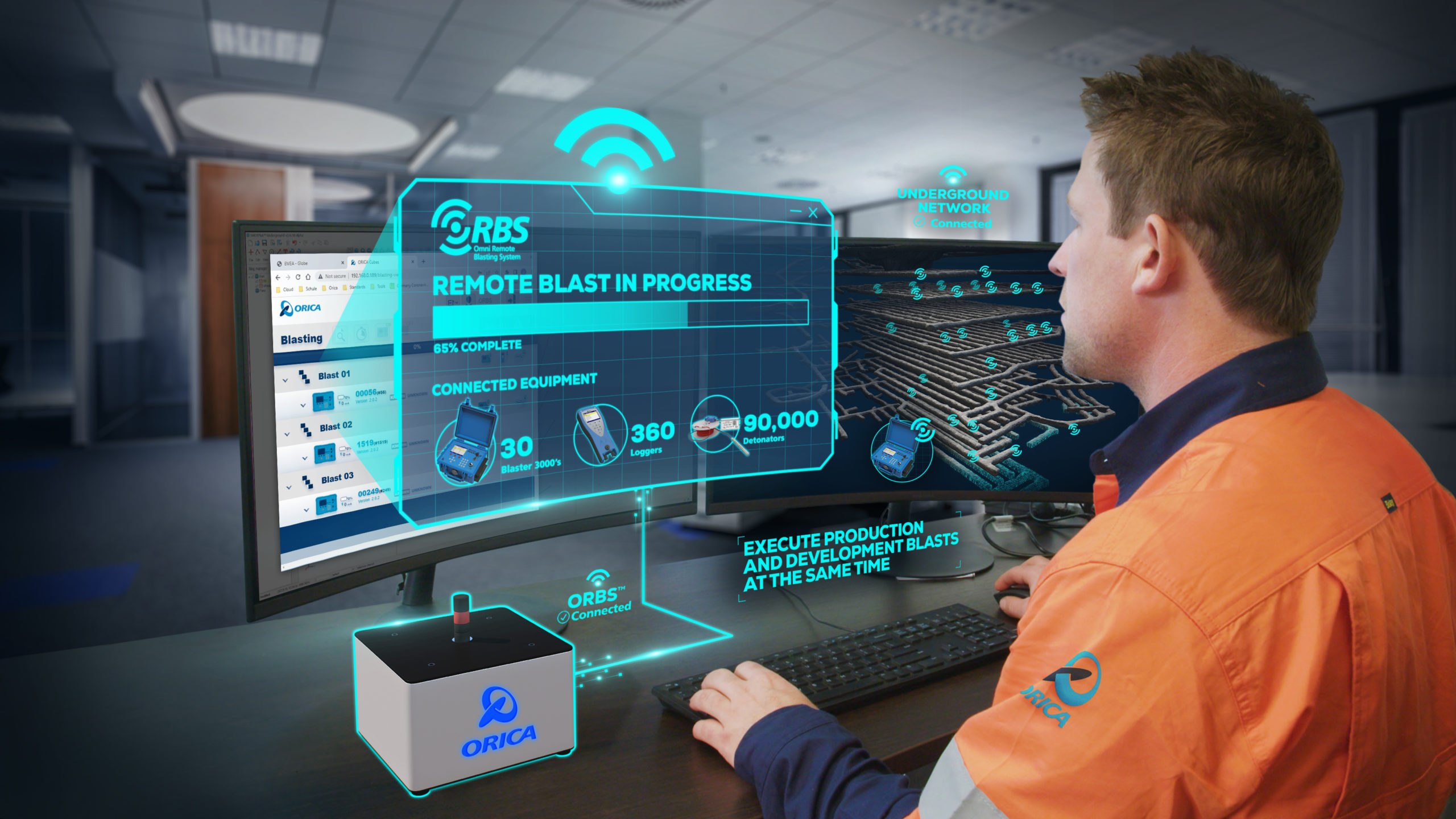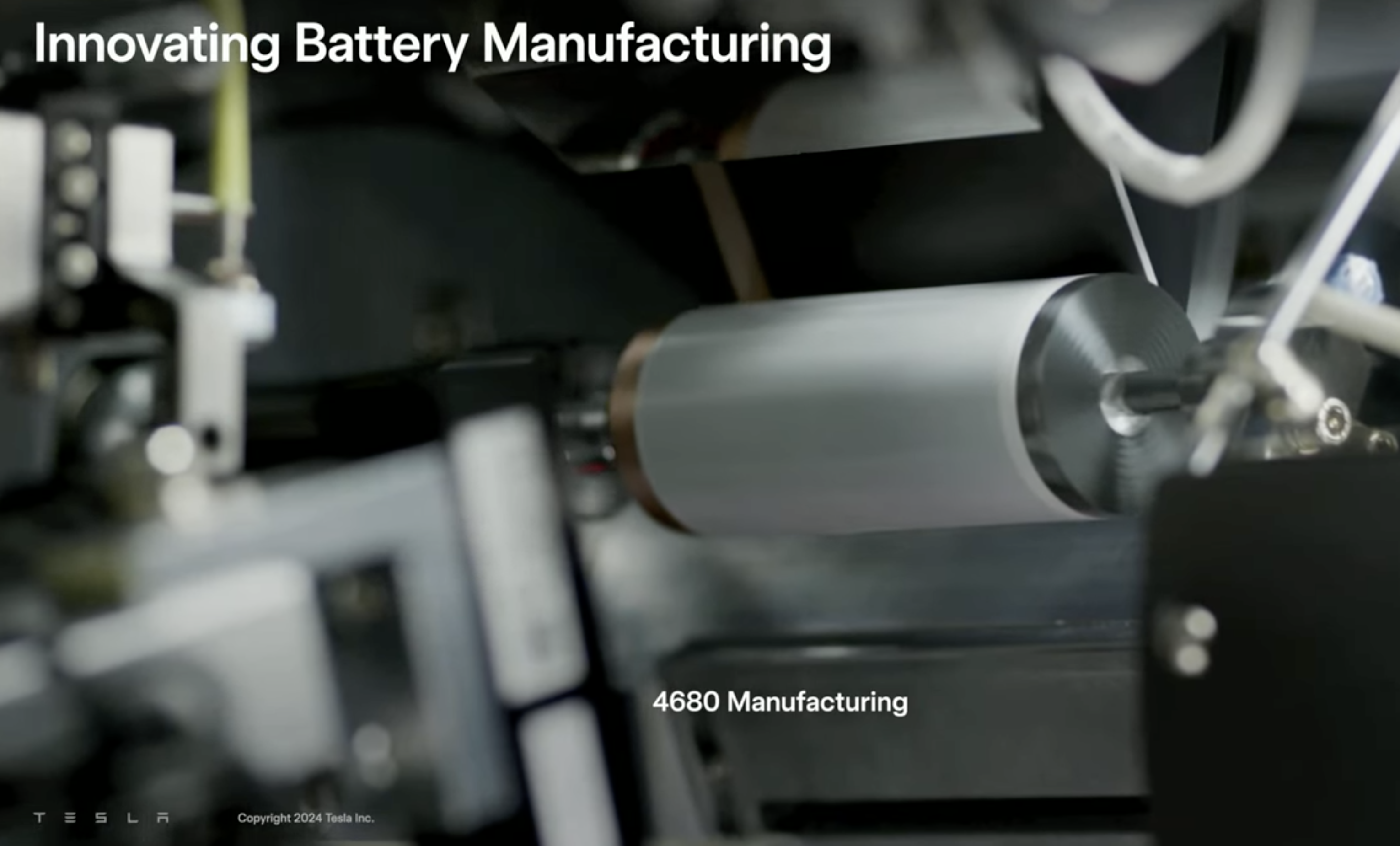Sign up for daily news updates from CleanTechnica on email. Or follow us on Google News!
The US Department of Energy (DOE) has selected Rye Development to receive $81 million to develop the Lewis Ridge Pumped Storage project in Kentucky on former mine land. Rye Development, with headquarters in West Palm Beach, Florida, develops and commercializes run-of-river and pumped storage projects to generate clean, renewable electricity.
Lately at CleanTechnica, we have written about large battery-electric energy storage projects. Closed-loop pumped storage hydropower may be relatively more climate change friendly, at least according to an NREL study. Pumped storage also tends to be operational longer than battery storage systems.
Sandy Slayton, Vice President at Rye Development, answered some questions about the Lewis Ridge Pumped Storage project.
Usually I see energy storage projects described as having a capacity of MW/MWh. Are the figures for this project 287 MW/2,296 MWh?
Yes, the maximum output of the project is 287 MW, or enough energy to power about 67,000 homes. The anticipated annual output of the project is around 670,000 MWh. The project will have the capacity to store electricity for up to eight hours.
Why locate a pumped hydro energy storage installation at the site of a former mine?
We’re excited to help demonstrate the potential of former mine lands to be transformed into a clean energy resource. The Lewis Ridge Pumped Storage Project is not only a significant investment in Kentucky; it’s an investment in strengthening our national electric grid.
The Lewis Ridge Pumped Storage Project will be a closed-loop facility, meaning it will consist of two man-made reservoirs. (An open-loop pumped storage hydro facility is connected to a natural body of water such as a river or lake.) Eastern Kentucky has all the criteria needed for a successful pumped storage hydro facility. This includes topography and elevation, access to transmission lines, water availability, a strong workforce and community support. Plus, as former mine lands, the site of the future Lewis Ridge Pumped Storage Project already has roads.
How many jobs will be created for the installation phase? How many personnel will be required to operate the pumped hydro facility when it is operational?
This homegrown energy storage project will result in decades of positive economic benefits for Eastern Kentucky. We anticipate the project will create approximately 1,500 family-wage construction jobs during the four- to five-year building period, and approximately two dozen long-term maintenance and operations jobs.
Will the new energy storage project replace any peaker plants or eliminate the need to build a peaker plant?
It’s too early to tell exactly how utilities or other customers will utilize the Lewis Ridge facility. What we do know is that pumped storage hydropower is really useful to grid operators because it can go from storing power to generating power within just a few seconds in the same way that a natural gas peaker plant can. That’s one of the benefits of pumped storage hydropower. Plus, it’s an emissions-free resource.
What will the electricity stored in the facility be used for?
The Lewis Ridge project will act as a giant water battery, storing and generating on-demand electricity, which can be used in any number of ways. The project will help ensure people have energy when they need it, even during extreme weather conditions.
What is the expected life span of the pumped hydro facility?
Pumped storage hydropower is a long-term community asset. These facilities last 100 years or longer, and the dividends pay back for generations. The first pumped storage facility commissioned in the U.S. dates back to the 1920s and is still operating today.
How many turbines will be used in the system and what is the capacity of each?
Two 143.5-MW reversible pump-turbines.
What is the project’s cost?
We’re estimating about $1.3 billion.
When do you expect the new facility to be operational?
We anticipate starting construction in 2027 and completing construction in 2031. Before we can begin construction, though, the project must obtain a license from the Federal Energy Regulatory Commission. This grant from the U.S. Department of Energy made available through the Bipartisan Inflation Reduction Act will initially help Rye Development accelerate the completion of studies and engineering needed to submit our license application to FERC, and it will continue to support the entire development process.
Have a tip for CleanTechnica? Want to advertise? Want to suggest a guest for our CleanTech Talk podcast? Contact us here.
Latest CleanTechnica TV Video
CleanTechnica uses affiliate links. See our policy here.





